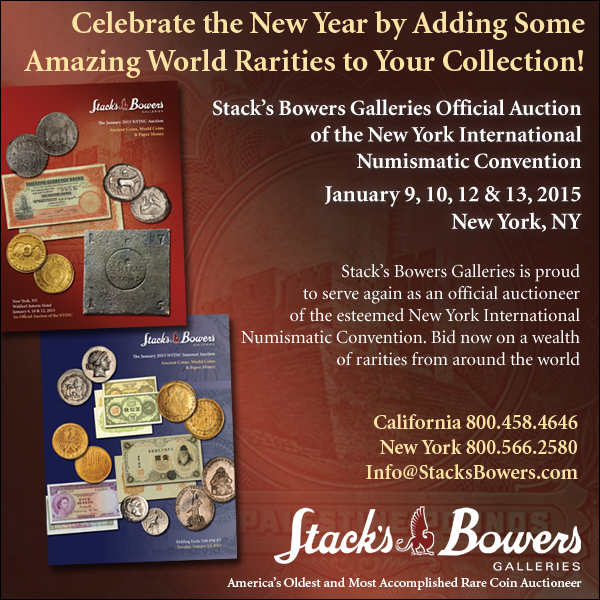
PREV ARTICLE
NEXT ARTICLE
FULL ISSUE
DEFINITIONS OF COIN, MEDAL. TOKEN, COUNTERFEITHubert Walker writes: According to a precise, technical definition of the word coin, is a counterfeit coin actually a "coin"? I know words like coin, token and medal, etc., get used loosely pretty frequently, but they also have very precise meanings (or do they?) Anyway, is a "counterfeit" and "coin"? And in light of the Bernhard von NotHaus' conviction, what's a "counterfeit", for that matter? My initial response was: I’d say a counterfeit coin is not a coin – it’s a counterfeit of a coin. A coin is issued by a government, has a denomination and is used in commerce. A token also has a denomination and is used in commerce, but it isn’t issued by a government and is typically used only in for specific, local transactions. A medal is a coin-like object with no denomination and is not used in commerce. Mind you, these were off the top of my head, not the results of consulting dictionaries. I'm sure Dick Johnson and others could
supply far more precise definitions of coins, tokens and medals. -Editor
Hubert Walker writes: Your answer helped me clarify my own question. I guess what I was asking is if "counterfeit" is another class of coin-like (coinoid?) object like as token, jeton, medal, round or even coin. You seem to be using "counterfeit" as a qualifier to distinguish one object from another that shares the same essential characteristics (e.g., a genuine vs. a counterfeit medal). So in the case of "counterfeit coin", this implies that a counterfeit is still in the class of coin-like objects we call coins, and not a separate class in and of itself. Except, according to the definitions you provided (and that I accept), to be a counterfeit anything you still have to differ in essential ways from the object you're purporting to be. For instance, a counterfeit coin may have a denomination, and it may be used in commerce (in bad faith, of course), but it isn't issued by a government (well, not the government that issued the original). A counterfeit token is trickier, since anyone can theoretically issue a token, but the counterfeit is most likely issued by someone else. Though I'd imagine most counterfeit tokens and medals are aimed squarely at the collecting community. Anyway, in that light, counterfeits and their legitimate counterparts seem to make up part of a larger family of objects--to get to one from another, just tweak one or more of the defining characteristics. Which means they are their own objects?... It's like the Standard Model of Numismatics.  Wayne Homren, Editor The Numismatic Bibliomania Society is a non-profit organization promoting numismatic literature. See our web site at coinbooks.org. To submit items for publication in The E-Sylum, write to the Editor at this address: whomren@gmail.com To subscribe go to: https://my.binhost.com/lists/listinfo/esylum All Rights Reserved. NBS Home Page Contact the NBS webmaster 
|